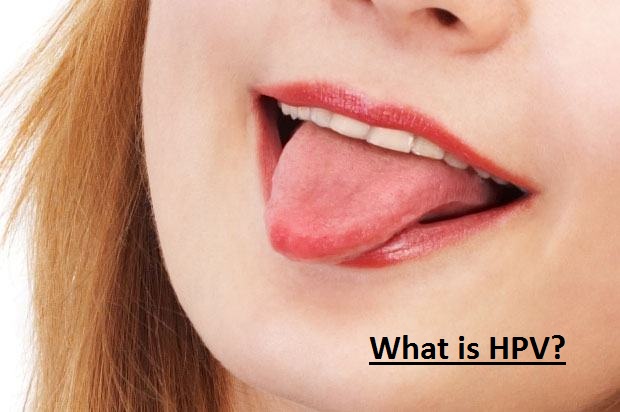Human Papillomavirus (HPV) is one of the commonest viral infections seen in the reproductive tract. This virus is known to have over 100 different types of which 14 are considered to be of high-risk type. Out of those 14 high-risk type HPVs, HPV 16 and 18 are known to cause 70% of cervical cancers or precancerous cervical lesions. Other cancers which have been linked to HPV infections include cancers of the oropharynx, anus, vagina, vulva and penis.
How is HPV transmitted?
This virus is transmitted sexually, and that includes vaginal, anal and oral sex. There have been well documented incidences where HPV is transmitted through skin-to-skin genital contact.
Who is at risk of contracting HPV?
HPV is known to infect both men and women who are sexually active. Almost all sexually active individuals may have been infected with this virus at some point while some may have been repeatedly infected.
What are the signs & symptoms of HPV?
Most of the time HPV infection does not cause any symptoms and can be cleared out spontaneously by the body’s immune system. Symptomatic patients usually present with genital warts or even cancer. Genital warts usually appear as a small bump or several bumps around the genital area, but it can also be large and shaped like a cauliflower. On the other hand, cancer caused by HPV takes a long time to show symptoms, sometimes even decades. For example, cervical cancer due to HPV can occur from 15-20 years after getting infected in women with normal immune systems, whereas it takes around 5-10 years for women with lower immune systems to develop cervical cancer. This is usually due to chronic infections or pre-cancerous lesions progression to invasive cervical cancer. There are a few risk factors that contribute to HPV persistence and the development of cervical cancer. Those include :
- Immune status of the infected individual – Immunosuppressed individuals, such as those with HIV are more likely to develop persistent infection and cervical cancer
- HPV type – High risk type HPV infection is more likely to cause cancer compared to the low risk HPVs
- Co-infection with other sexually transmitted infections such as chlamydia, herpes or gonorrhea
- High parity index or pregnancy at an early age
- Smoking
How can I prevent HPV infection?
There are vaccines available that provide protection against HPV. These vaccines are given free of charge in Malaysia. There are 3 types of HPV vaccines available,
- Cervarix – This is a bivalent vaccine that protects against HPV 16 and 18 (Both high-risk type HPVs).
- Gardasil – This is a quadrivalent vaccine that protects against HPV 6, 11, 16 and 18 ( 2 low risk-type HPVs and 2 high-risk type HPVs).
- Gardasil 9 – This is a nonavalent vaccine that protects against 9 types of HPV, including 7 high risk type HPVs and 2 low-risk type HPVs.
HPV vaccination is said to be more effective if given at an early age, therefore it is recommended for girls and boys from the age of 9.
How is HPV infection treated?
Unfortunately, the virus itself cannot be treated. However, there are treatments available for the health issues caused by HPV.
- Genital warts – This problem can resolve on its own, but doctors may prescribe topical creams for symptomatic relief of itchiness and pain.
- Pre-cancerous cervical lesions – Women with these lesions are required to undergo routine pap smear as a screening method for cervical cancer.
- Cancers – Cervical cancer or other cancers caused by HPVs have a good chance of survival if diagnosed and treated early. These treatments are based on the type of cancer and its staging.
In conclusion, HPV infection is very common and although it is mostly harmless, there is a risk for any individual to develop persistent HPV infection that may lead to cervical cancer or any other HPV causing cancer. It is very important for women to go for screening tests especially if they are sexually active. You can book appointment using our online services to get yourself screened for cervical cancer.




